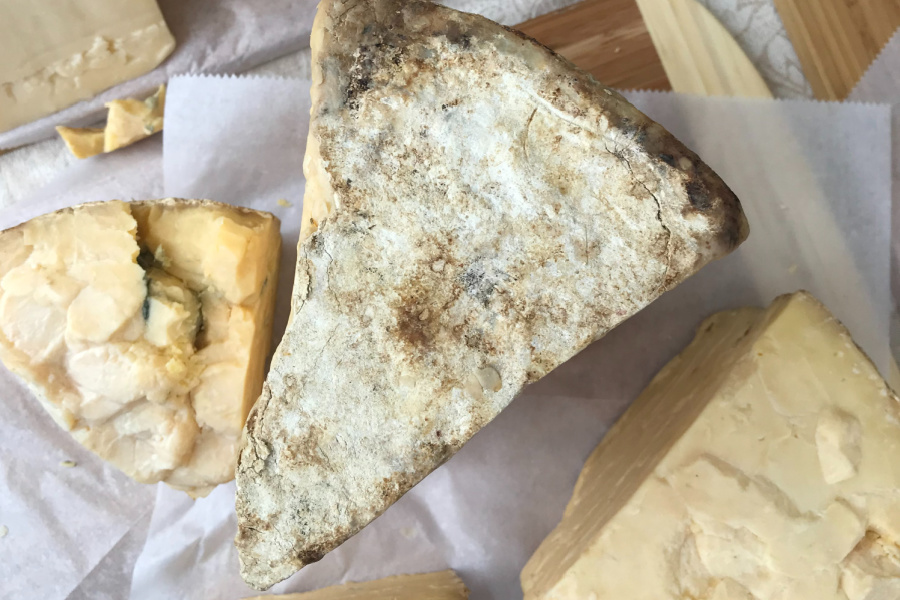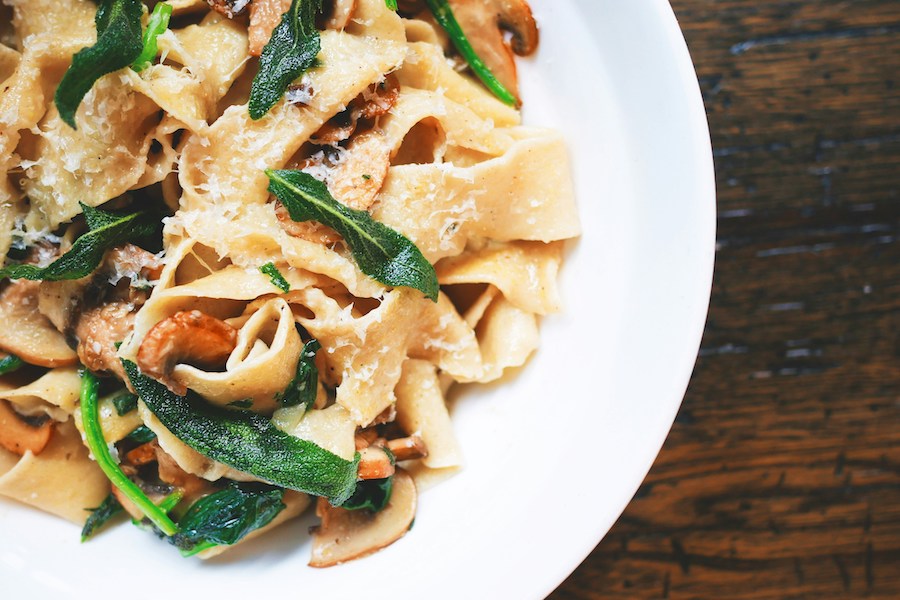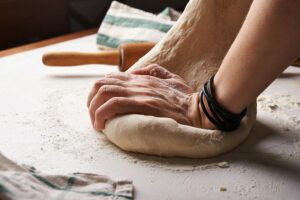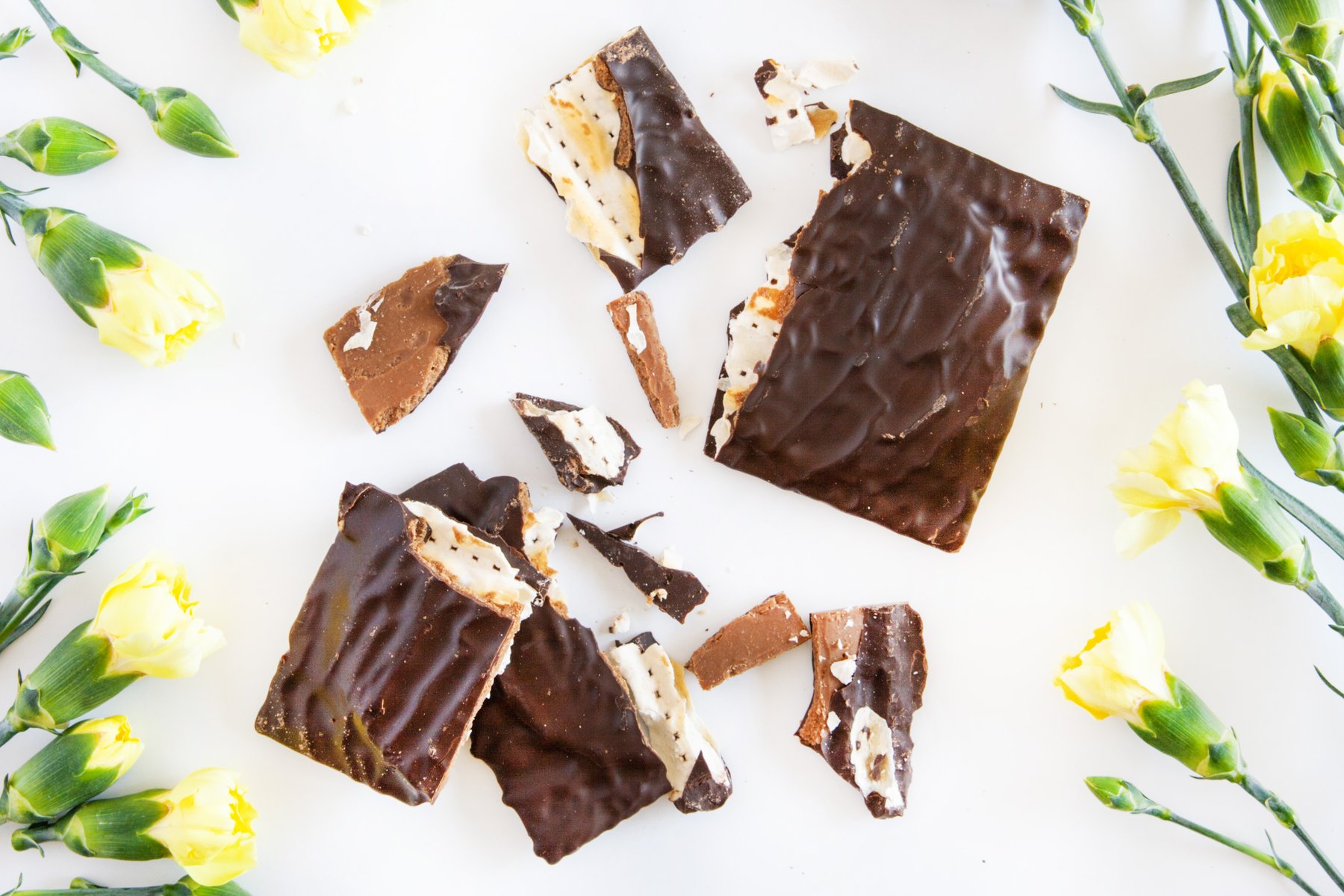It’s good to have some tricks for how tell if food is fresh and still good to eat — as you know if you’ve ever opened a jar of half-used tomato sauce that seemed fairly new…only to find furry white spots of mold floating on top.
While some spoiled food is quite obvious — all you need do is open the container and take a whiff — others are less so. Especially pantry staples and baking essentials that you tend to keep on hand all of the time.Maybe too long. These awesome kitchen tricks can help you learn how to tell if these 7 top foods are fresh before you pour them into a batter or ruin a sauce.
This post may contain affiliate links
How to tell if eggs are fresh
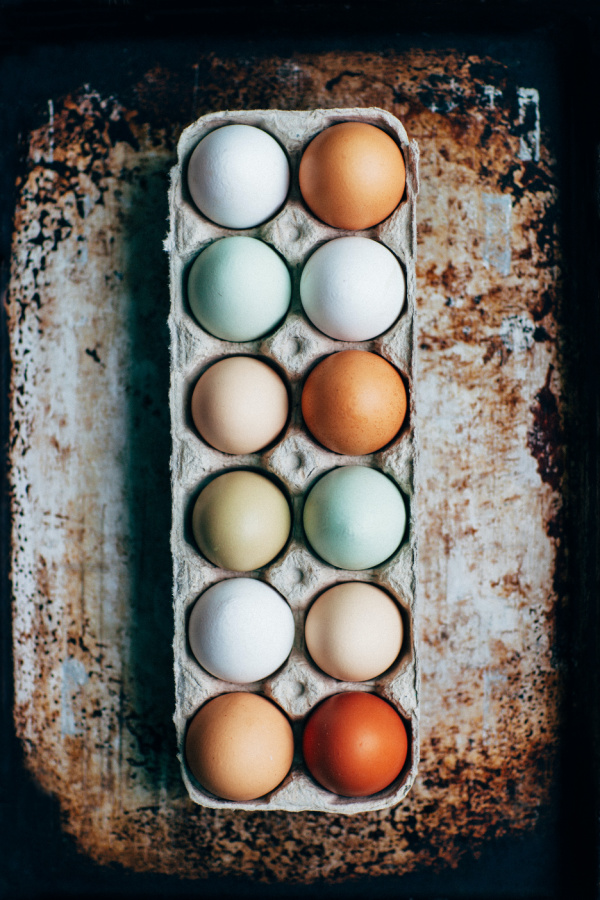
Finding out if eggs are fresh is actually fun (it’s sink or swim, baby!) and is something that you should even do with expired eggs. Sometimes, they’re still good and this test will avoid food waste and save money. Bon Appetit describes my favorite kitchen trick: the float test for fresh eggs.
Food Hacks gives even more detail on how to test eggs for freshness, including a method for looking at eggs that you accidentally crack. You’ll also find ideas for what to do with a bunch of eggs that are about to go bad, including some clever uses for discarded eggshells,. Think MYO sidewalk chalk. Pretty cool, huh?
How to tell if cheese is fresh
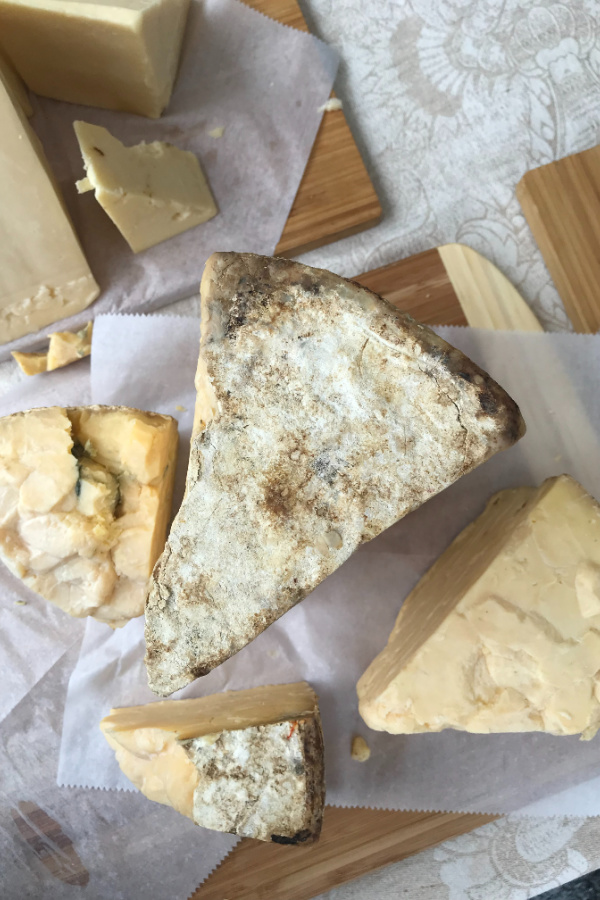
My kids are generally down with stinky cheese, but if they see even one bit of unexpected mold, they think that I’m trying to poison them. Really? I feed them, clothe them, play with them, wipe their tears, and then I’m going to kill them? But, ewww, Mom, that cheese is moldy! I admit that a little white mold can be off-putting, but I won’t throw away a one-pound brick of $13 cheddar because of some surface mold. So if you’re wondering how to tell if food is fresh when it’s the kind that’s created using mold, well, you can see the conundrum.
According to the USDA, you don’t have to toss an entire hunk of cheese, even if you see mold.
In the case of hard cheeses specifically, they recommend cutting off at least one inch around and below the mold spot before consuming. While hard cheeses may be easier to monitor, creamy, stinky cheeses can pose more of a challenge. They do have a particular odor, after all. Food52 goes in-depth and shows you how to tell when your cheese is no longer fresh. Because, sometimes, the funk really is just too funky.
How to tell if butter is fresh
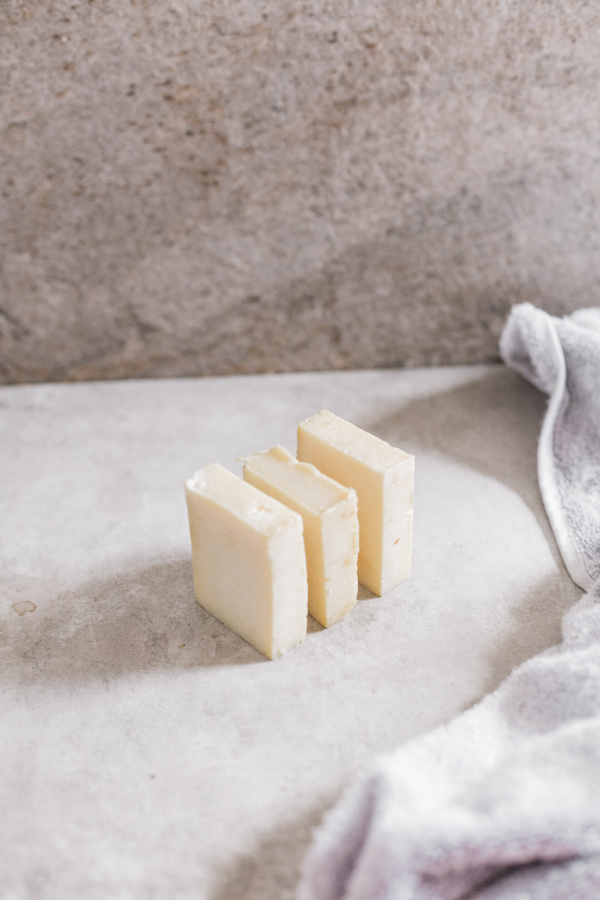
Butter can go bad if kept in the fridge for a really long time. Like 6 months longer than the date on the package — and even, then, it’s worth checking to make sure because it might still be good even after a “best by” date. However, if it’s left out on a counter, butter can go bad much faster. The folks at Can It Go Bad have tips for how to tell if butter has gone rancid; if there’s any question, give a little taste to see if it’s sour or has a “gamey” taste. A small amount of bad butter won’t do you harm, but it can compromise your recipes.
Related: What to do with that expired baking soda. Don’t throw it out!
How to tell if cooking oil is fresh
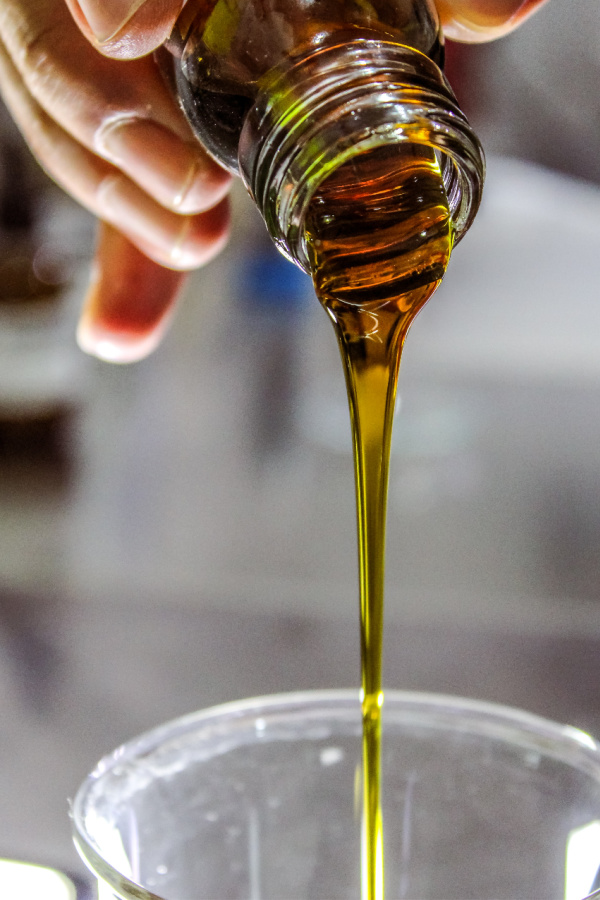
One time, late at night, no less, I poured a cup of canola oil into my otherwise finished cake batter only to find that it was rancid. Ever since, I always check my oil, especially that random bottle of fancy walnut oil tucked in the back of my cupboard for the past two years. (You know the one?) Nutritionist Toby Amidor has good tips if you want to know how to tell if food is fresh, including specific tips on how to tell if oil has gone rancid. He also gives advice on how to store oil, to make sure it lasts longer.
For another source, our friends at the Kitchn explain that olive oil has three enemies and offer tips for how to avoid them and keep your cooking oils fresh with proper storage. These tips are especially important if you buy in bulk and tend to keep one of those huge refill containers of oil on hand.
How to tell if vinegar is fresh
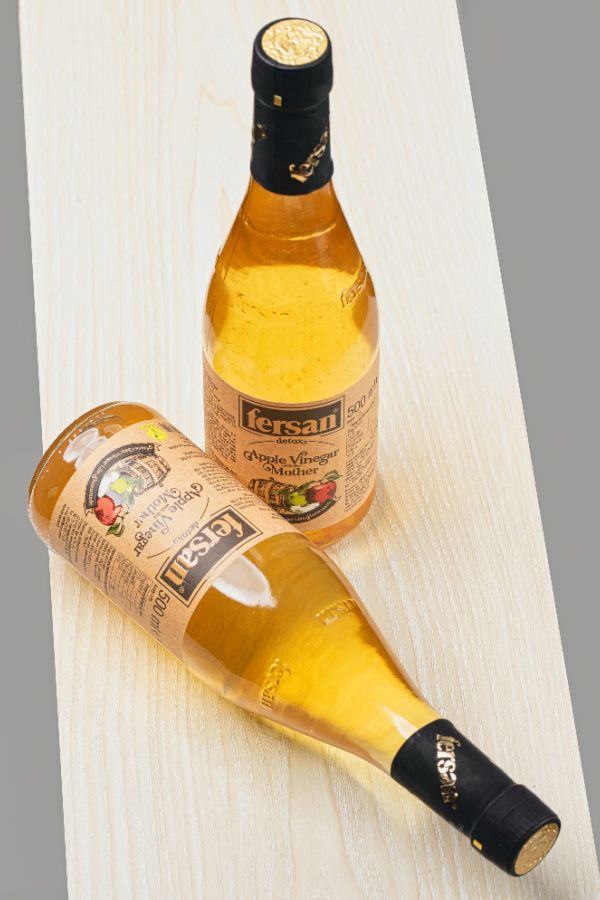
Have you ever seen a slimy clump forming in an old bottle of vinegar? Turns out, that’s not a bad thing. It may even be a good thing! The Kitchn explains why vinegar has an almost indefinite shelf life, and what exactly that jelly-like substance is –which, funny enough, is called a “mother.”
How to tell if flour is fresh
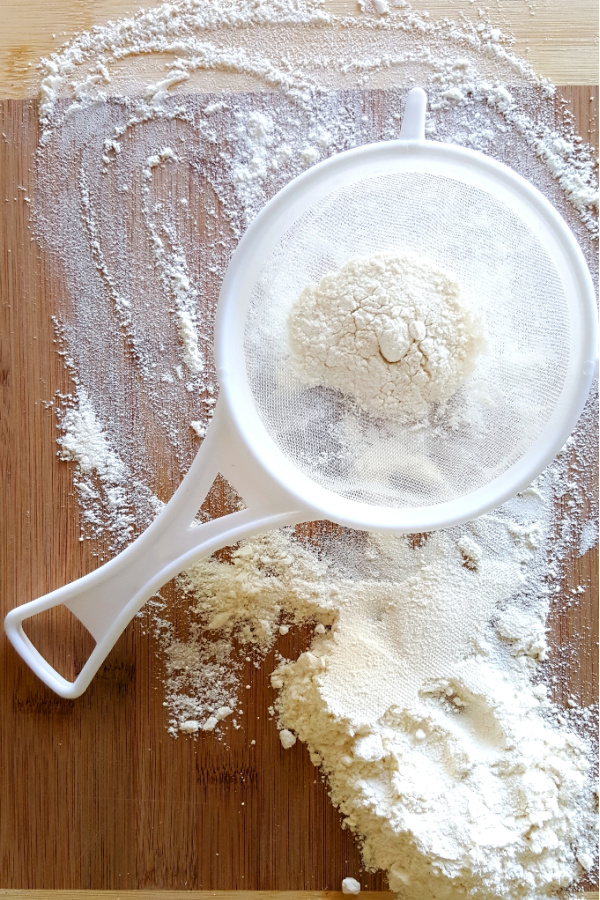
Knowing how to tell food is fresh is even important when it comes to a staple like flour, which you’d think would last a good long time. It’s important to pay close attention to whole wheat and other whole grain flours in particular because they are less refined, and they retain the germ of the grain, which contains healthy oils that can spoil.
I’m convinced that many people don’t like whole wheat flour because they’ve used rancid flour without realizing it.
In general though, flour shouldn’t have much of a smell at all. If it does, it’s most likely gone bad. Recipe Tips has a great guide for storing different flours to make sure that they stay fresh as long as possible. You definitely need an airtight storage container like this one, rather than just setting paper bags on the pantry shelf. And you should also consider storing in the fridge or freezer for longer use.
Once you see mold or pests in your flour, spot discoloration, or it develops a musty, oily, or generally unpleasant smell — toss it.
How to tell if baking powder is fresh
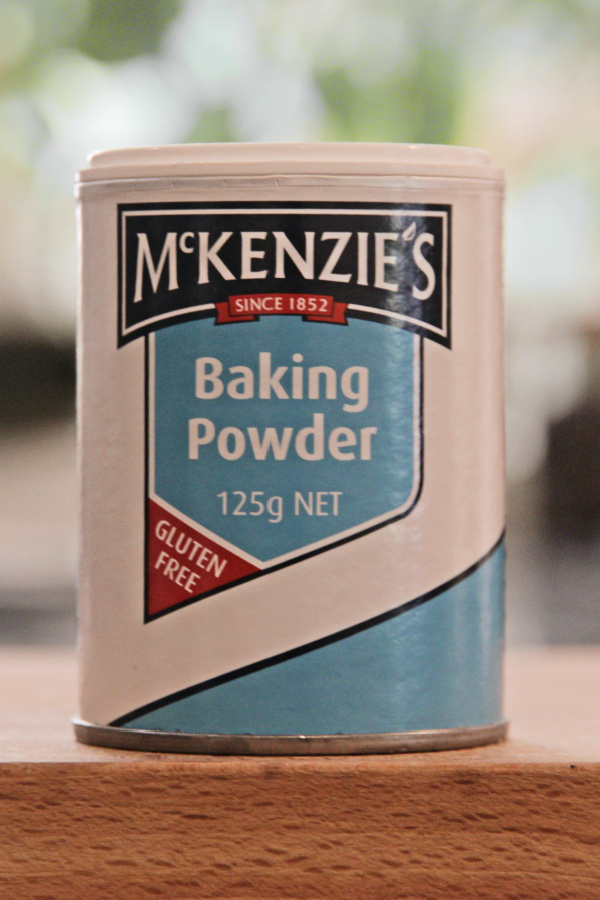
Another staple you should always check for freshness is baking powder. Because there is nothing worse than doing the work of making a cake or cupcakes and finding that they don’t rise because of inactive baking powder. Pastry genius David Leibowitz has a great test for how to easily tell if your baking powder is still good. I use it whenever in doubt, even just a little bit. But even then, don’t toss it! There’s a lot you can do with expired baking soda around the house.
Photo via Unsplash: Rebecca Orlov | Epic Playdate, Kelly Neil, Sincerely Media, Fulvio Ciccolo, Bulbul Ahmed , Vlad Kutepov, Addilyn Ragsdill @clockworklemon.com

